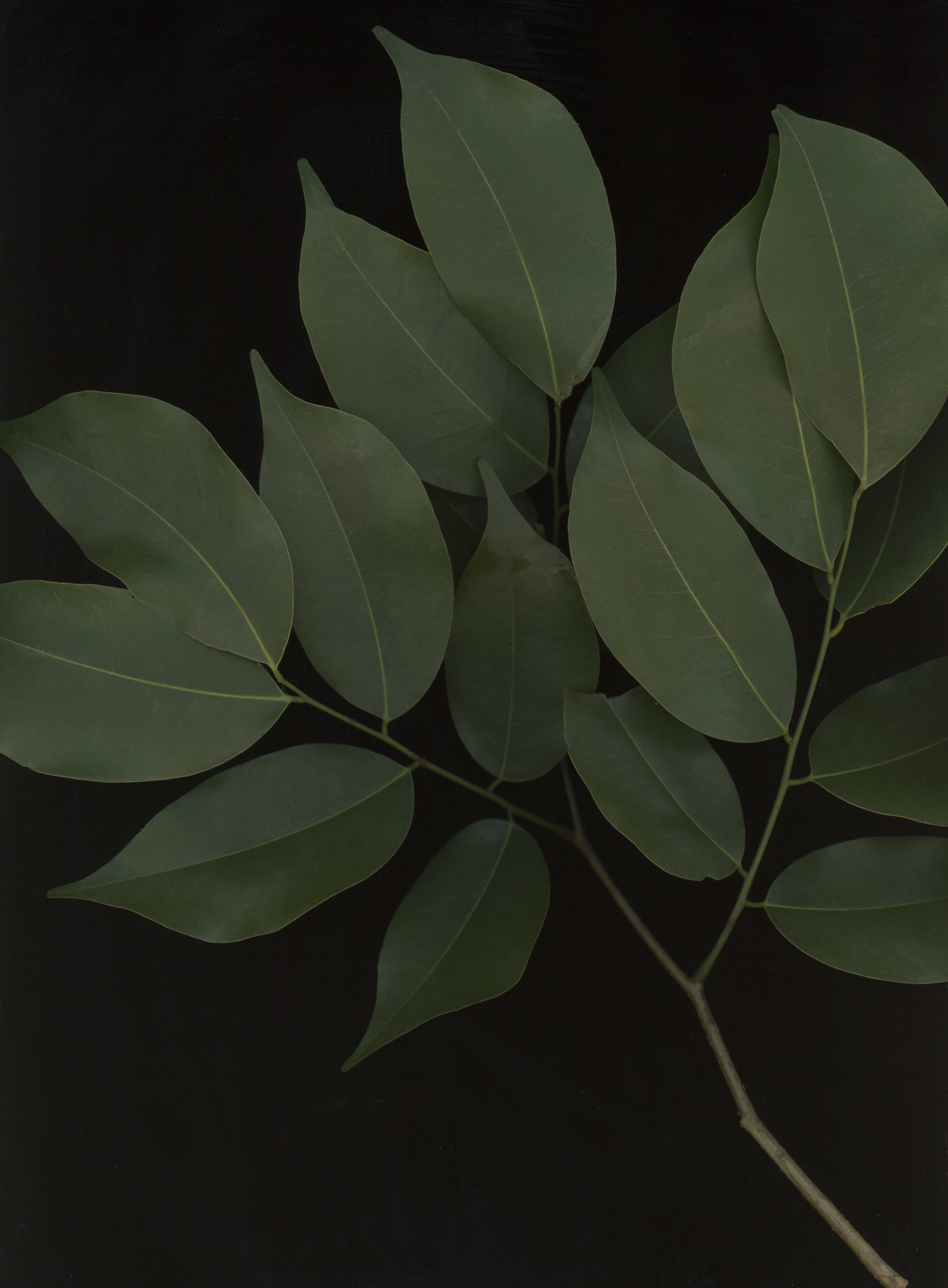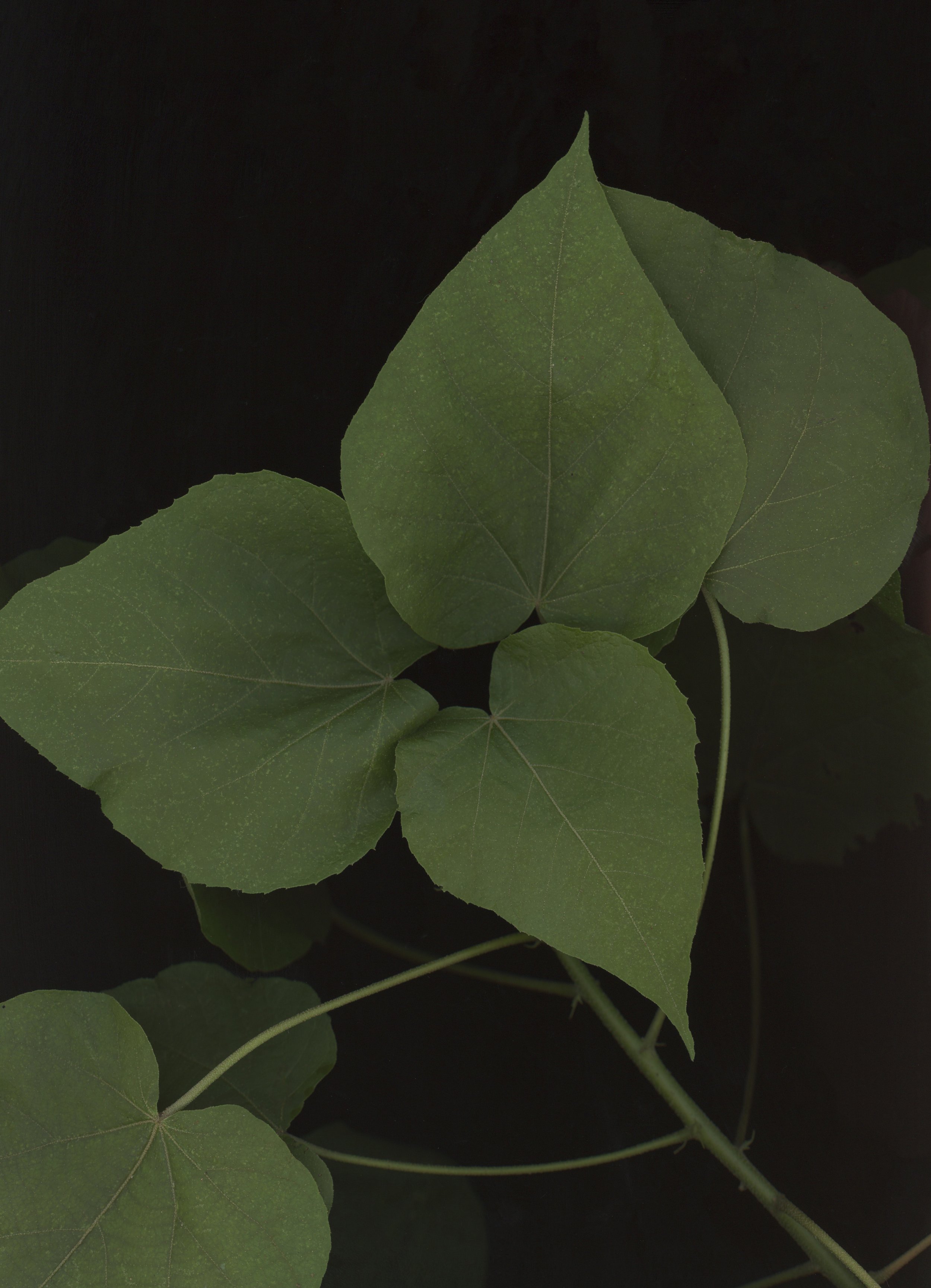Scent: A resinous, piney, slightly sweet aroma.
Botanical Name: Copaifera sp.
Origin: Requena, Peru
Method of Extraction: A hand-tapped tree oleoresin harvested by a native community. The sale of this resin directly supports the sustainable management of the Amazon forest by autonomous indigenous communities.
Benefits and Properties: Copaiba Oleoresin offers a multitude of therapeutic benefits. When applied topically, it effectively treats fungal infections, wounds, burns, and abscesses. Thanks to its remarkable anti-inflammatory and analgesic properties, it provides relief and promotes healing. Notably, when used on topical wounds, it aids in the healing process without accelerating scab formation. For internal use, it is recommended to consume no more than one drop per day diluted in water. This internal usage is particularly beneficial for addressing ulcers, intestinal irritation, and gastric complaints. During the period of ingestion, it is advisable to minimize salt and spice intake in the diet and completely avoid pork and dairy. Internal usage should be limited to a maximum of one month for optimal results and safety.
How to Use:
Topical Application: Apply Copaiba directly to the skin to treat various conditions such as fungal infections, wounds, burns, and abscesses. Its anti-inflammatory and analgesic properties make it effective for soothing inflammation and providing pain relief.
Inhalation: Add a few drops of Copaiba to a diffuser or inhale it directly from the bottle to enjoy its aromatic benefits. Copaiba's resinous, piney, and slightly sweet aroma can help create a calming and uplifting atmosphere.
Aromatherapy: Dilute Copaiba with a carrier oil and use it for massage therapy to relax muscles and promote overall well-being. Its therapeutic properties can help ease tension and reduce stress.
Internal Use: Copaiba can be taken internally by diluting one drop in half a cup of water. This method is particularly beneficial for treating ulcers, intestinal irritation, and gastric complaints. Remember to limit internal usage to a maximum of one month and reduce the intake of salt, spices, pork, and dairy during this period.
Please note that it's always essential to follow recommended dilution ratios and consult with a healthcare professional before using Copaiba internally.
About the Plant: Copaiba is a canopy tree of the primary rainforest of the Amazonian lowlands. From the legume family (Fabaceae), a variety of species of copaiba can be found growing in both low terrace (floodplain) forests and terra firma. Providing excellent, beautiful timber highly prized on local markets, copaiba trees are unfortunately over-harvested for both oil and timber. A slow-growing tree, copaiba is compatible with planting in a wide variety of agroforestry systems, where its tendency to grow straight (even in the open) and self-prune its lowest branches means it does not shade out other species growing in its understory. It can take 20 years to achieve the 30+ cm diameter needed to allow for a reasonable yield of oil tapped by drilling into the very center of the trunk.
Cultivation: Copaiba oil is extracted from Copaiba trees through a process called tapping. Harvesters first identify mature trees with a large diameter, as these trees tend to yield a higher quantity of oleoresin. They carefully drill a hole into the tree trunk, typically in the center, allowing the natural flow of oleoresin. A collection container is attached to the tree to collect the viscous and sticky oleoresin as it seeps out.
Conservation Status: Copaiba trees have been extensively exploited for their valuable resin and timber, leading to overharvesting in some areas. The demand for Copaiba oil and other derived products, such as medicinal compounds and fragrances, has put pressure on the species. Unregulated and unsustainable harvesting practices can have detrimental effects on the population and long-term survival of Copaiba trees.
Furthermore, deforestation and habitat degradation pose additional threats to Copaiba trees. The expansion of agricultural activities, logging, and infrastructure development in the Amazon region has resulted in the loss of natural habitats, including the forests where Copaiba trees thrive. Fragmentation of forests and loss of suitable environments can disrupt the reproductive cycles and limit the ability of Copaiba trees to disperse their seeds effectively. To address these conservation concerns, efforts are being made to promote sustainable practices for Copaiba oil extraction and timber harvesting. Initiatives focus on supporting responsible management of Copaiba resources, including the implementation of controlled tapping techniques and the establishment of protected areas. These measures aim to ensure the conservation and sustainable use of Copaiba trees in the Amazon, allowing their populations to recover and thrive.






